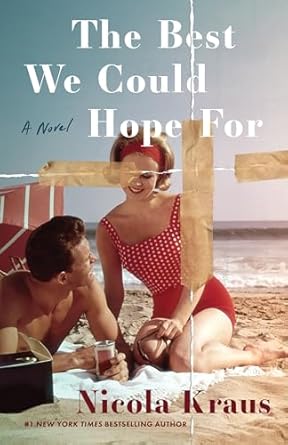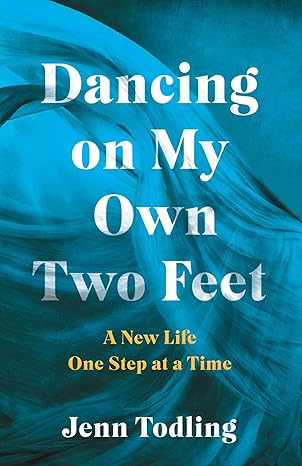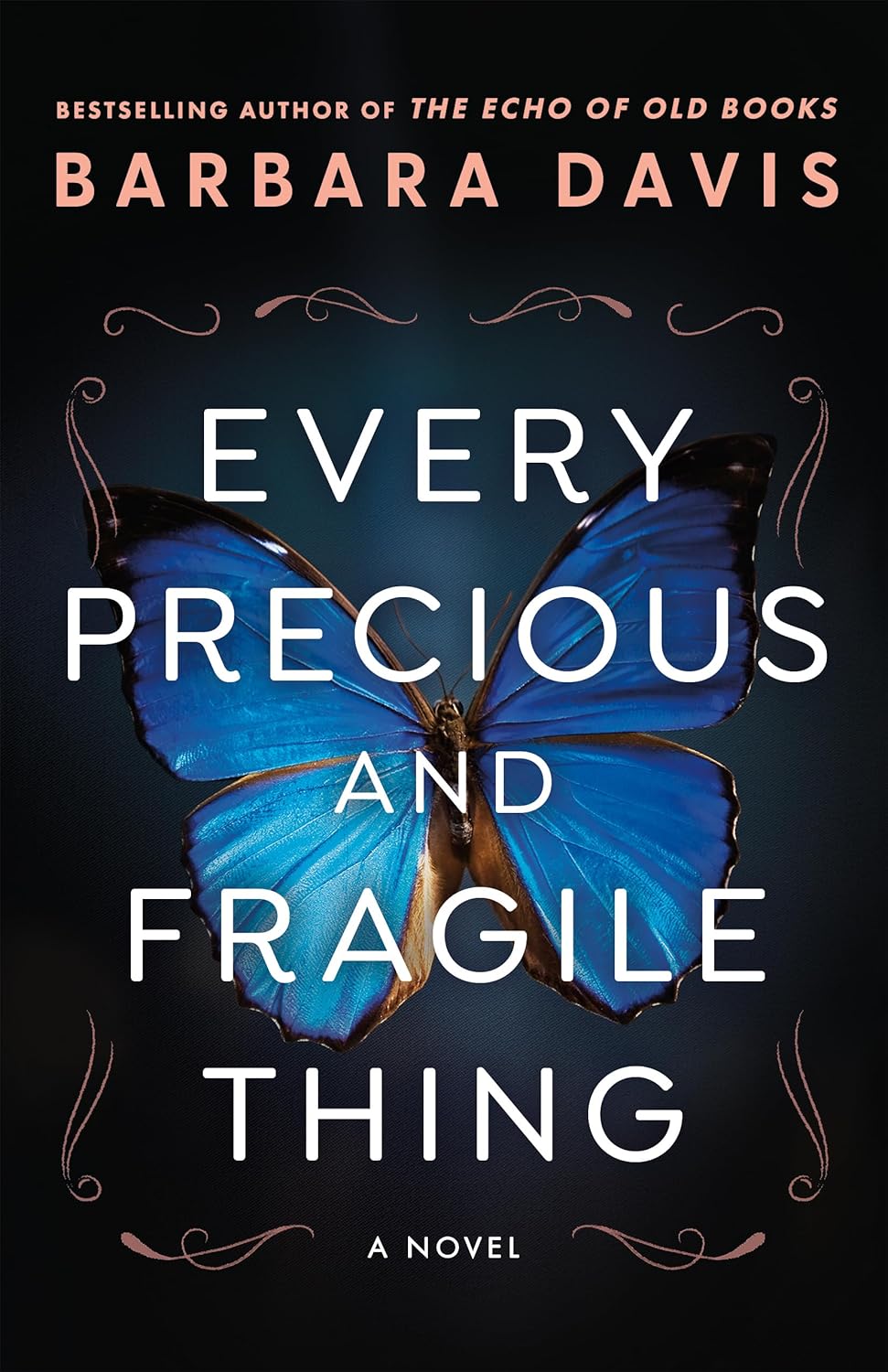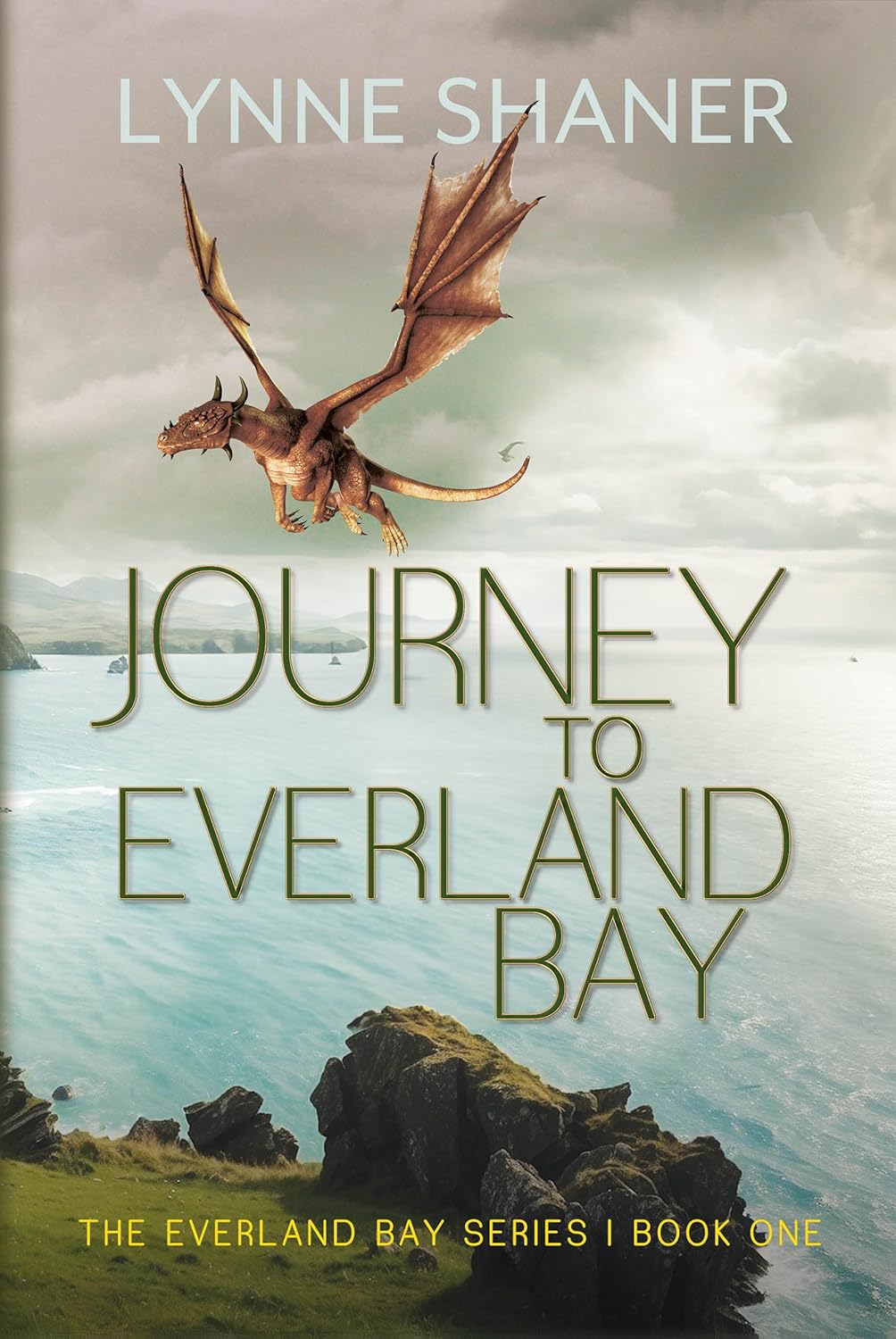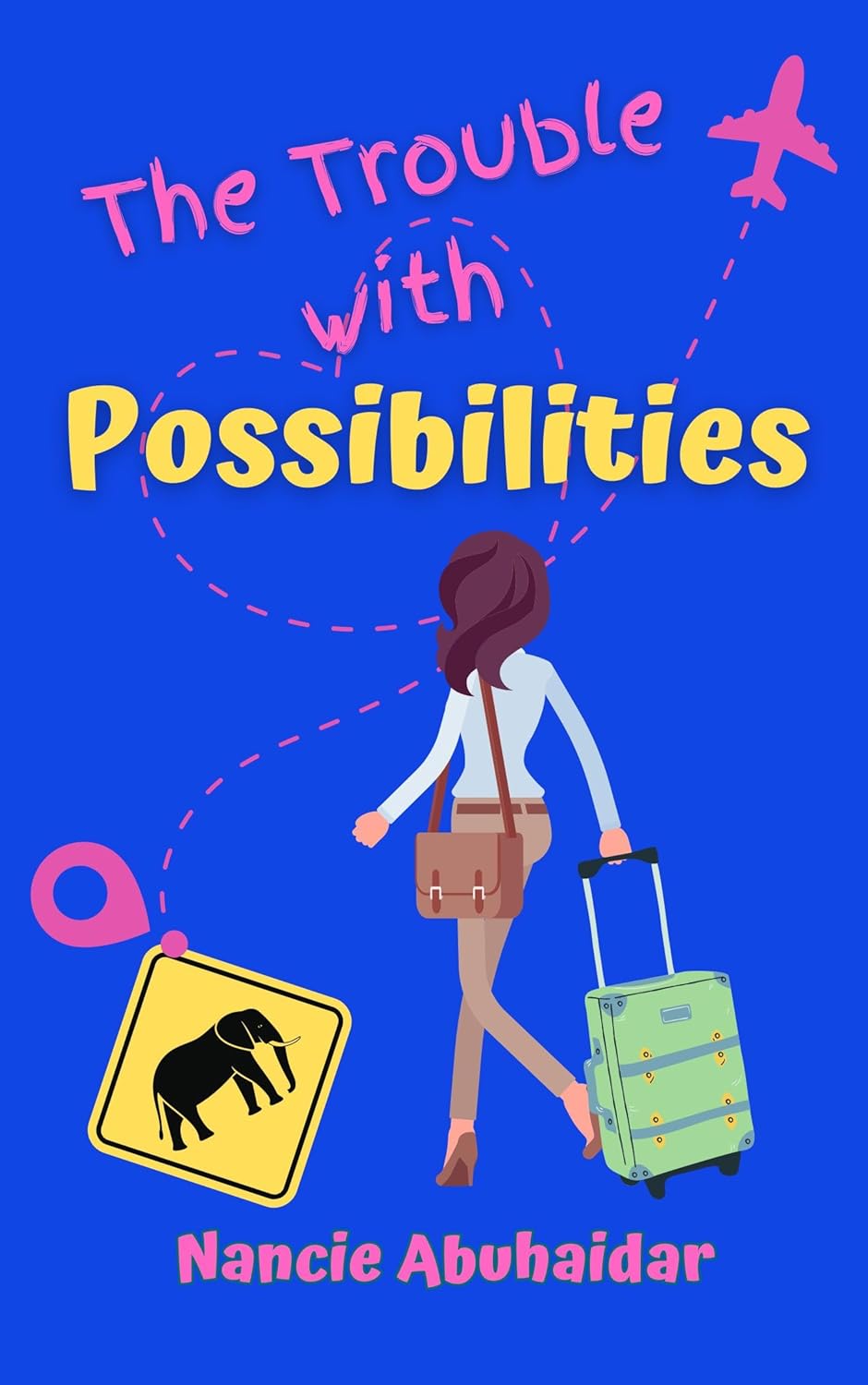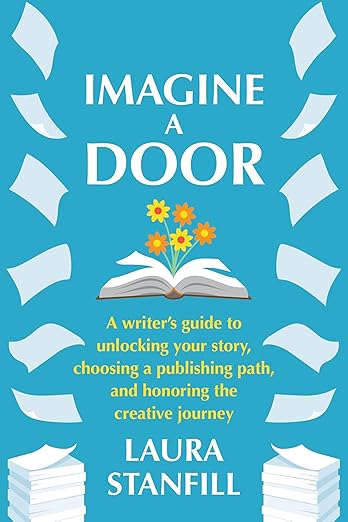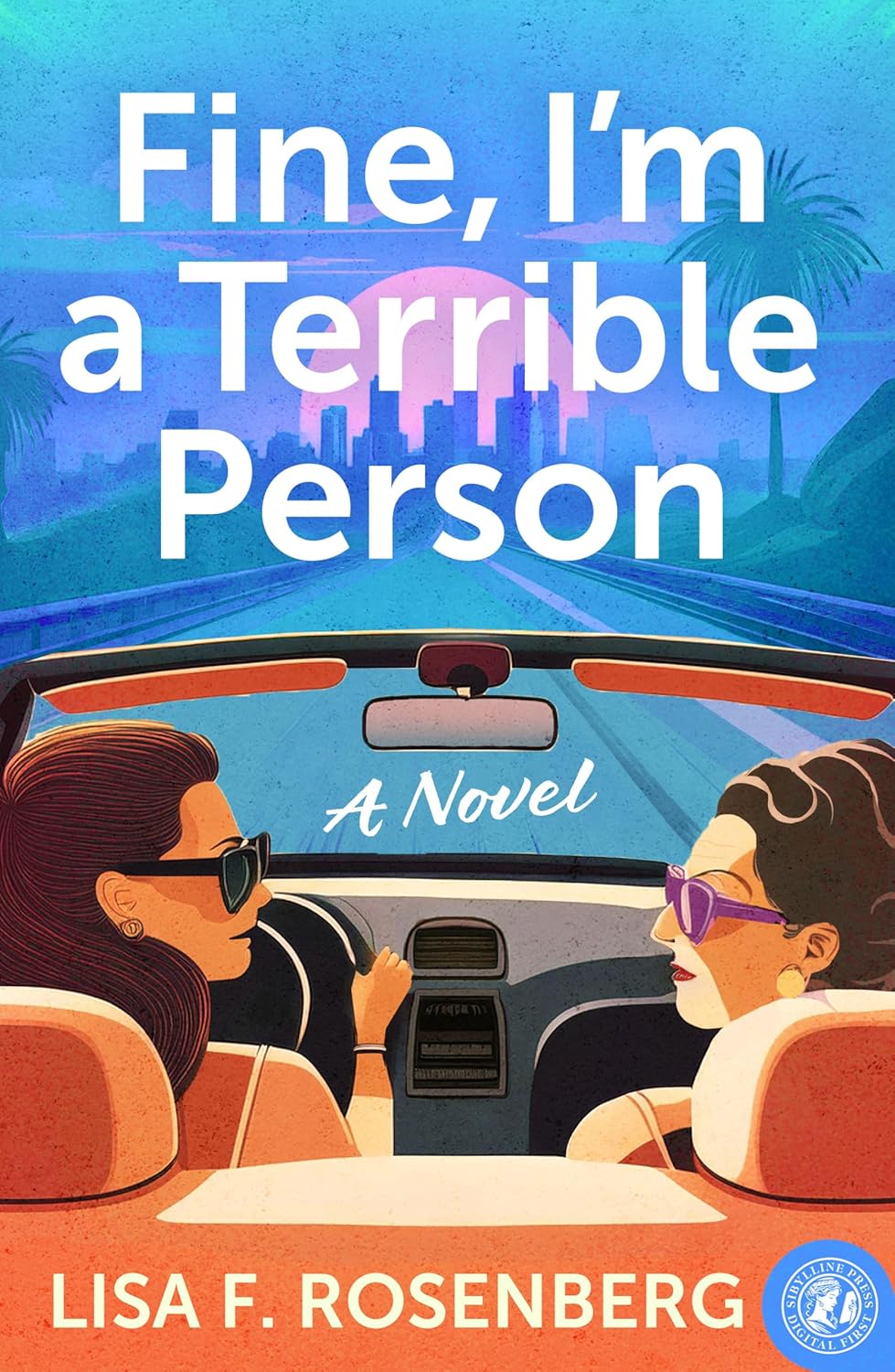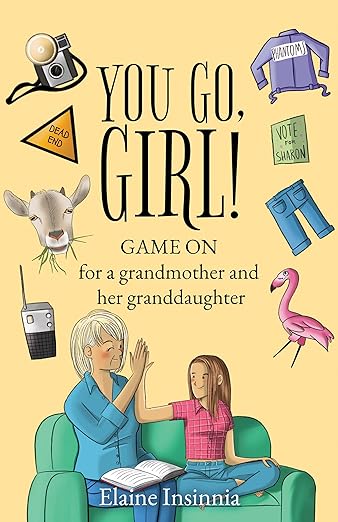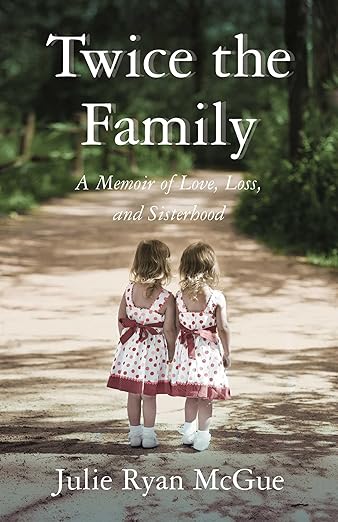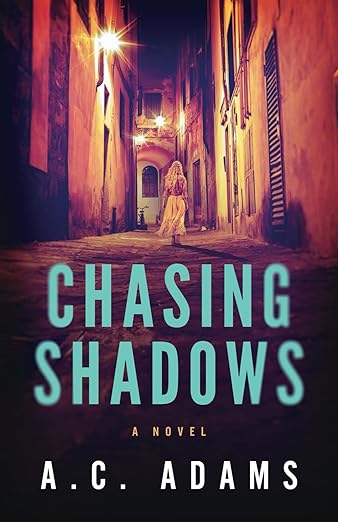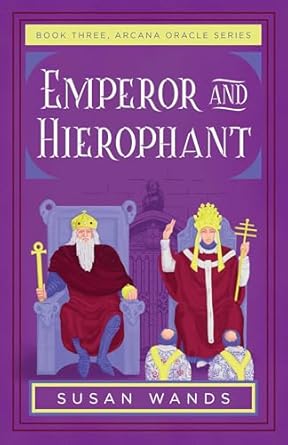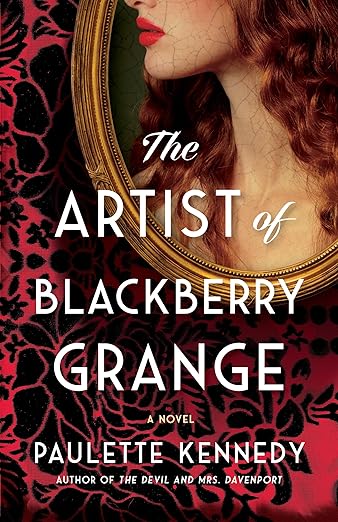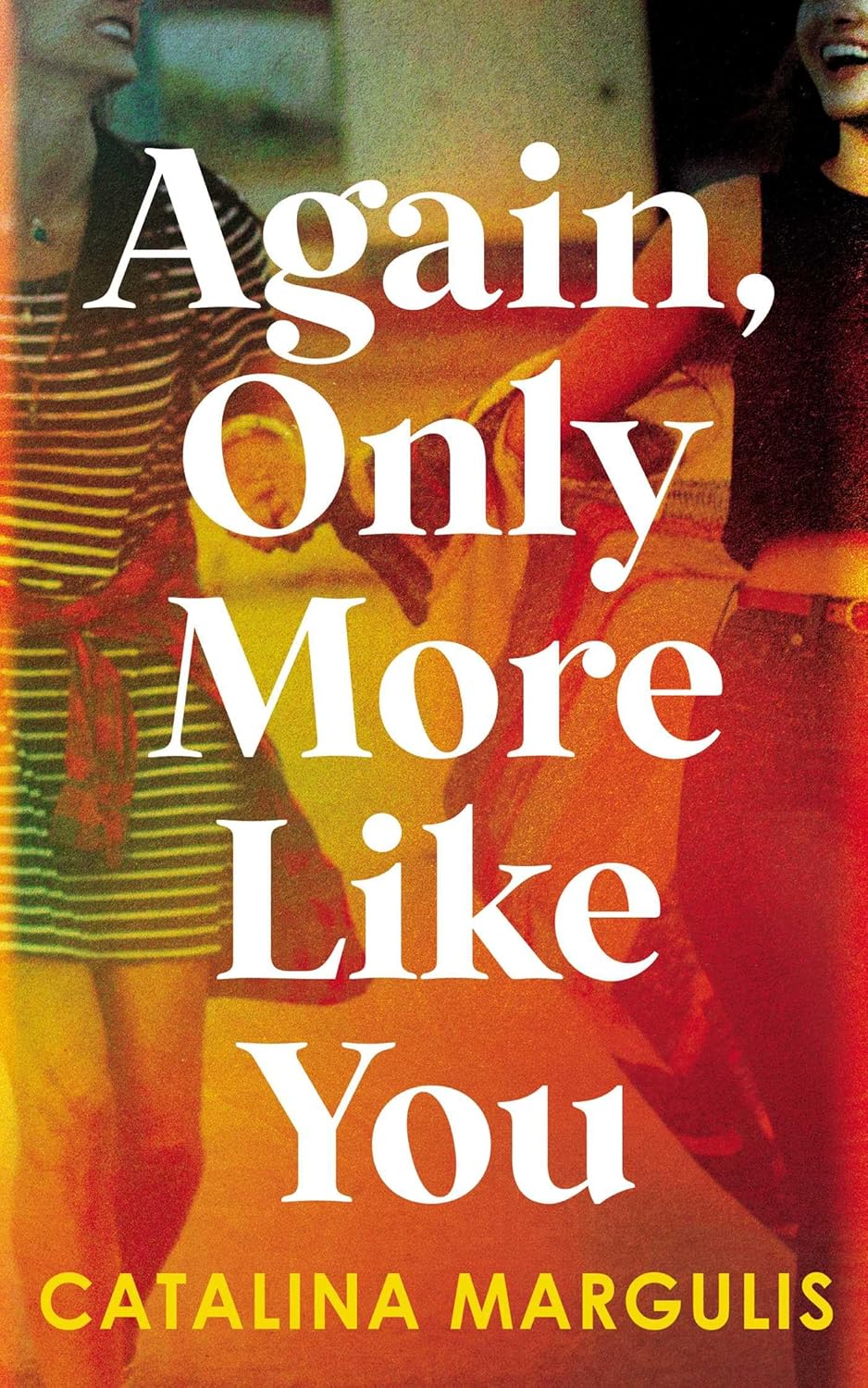Authors Interviewing Characters: Mary Robinette Kowal
Mary Robinette Kowal returns to Mars in this latest entry to the Hugo and Nebula Award-winning Lady Astronaut series.
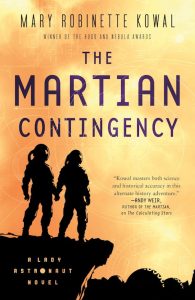 “Kowal masters both science and historical accuracy in this alternate history adventure.”—Andy Weir, author of The Martian, on The Calculating Stars
“Kowal masters both science and historical accuracy in this alternate history adventure.”—Andy Weir, author of The Martian, on The Calculating Stars
An instant USA Today bestseller!
Years after a meteorite strike obliterated Washington, D.C.—triggering an extinction-level global warming event—Earth’s survivors have started an international effort to establish homes on space stations and the Moon.
The next step – Mars.
Elma York, the Lady Astronaut, lands on the Red Planet, optimistic about preparing for the first true wave of inhabitants. The mission objective is more than just building the infrastructure of a habitat – they are trying to preserve the many cultures and nuances of life on Earth without importing the hate.
But from the moment she arrives, something is off.
Disturbing signs hint at a hidden disaster during the First Mars Expedition that never made it into the official transcript. As Elma and her crew try to investigate, they face a wall of silence and obfuscation. Their attempts to build a thriving Martian community grind to a halt.
What you don’t know CAN harm you. And if the truth doesn’t come to light, the ripple effects could leave humanity stranded on a dying Earth…
—
Interview with Dr. Elma York aka The Lady Astronaut
In February 1956, you submitted an application to the International Aerospace Coalition’s Astronaut Selection Office at the Sunflower Space Center in Kansas City. Tell us what prompted you to apply and describe the events that followed.
Well, I suppose that it is just as simple as that I wanted to go into space.I don’t remember a time when flying wasn’t a part of my life. My father was a pilot. I used to beg him to do barrel rolls when I was littlebecauseI loved the way the earth spread out below us and gravity didn’t seem to matter. Maybe it was all the science-fiction novels and comic books my dad gave me, but the idea of not going into space seems more impossible than anything else.
As for the events that followed, Director Clemons did not select any women for the astronaut program because he was afraid of public perception if a woman died in space. I went to his office, prepared with a list of arguments put together by my fellow 99s (that’s the women pilot’s organization) and he still said “no.”
And what changed?
The ladies and I put together an airshow, thinking that we could get some attention and maybe help the public understand how many talented pilots there were. A lot of us had been WASPs — Women Air Service Pilots — during the war and had more flight time logged than the men. Betty Ralls used her press connections and Nicole Wargin used her political connections, so we had a good sized audience and some live coverage.
And then during formation flying, my plane hit a bird. It looked bad, of course, with a lot of smoke, but I was able to land safely. Anyway, that got people talking a lot.
Is that when people started calling you the Lady Astronaut?
I think so, yes. But there were a lot of us, you have to understand. There were a lot of people who were every bit as qualified as me, I just was the most visible after the airshow incident.
Then in April 1957, the IAC did open the astronaut selection program to women. When you applied, were you associated with any of the other candidates, or was this a group of people that you had never met before?
A lot of us knew each other because of the 99s. Those who were in my local group helped each other prep and study for the tests, so there was a real sense of camaraderie.
How did you learn that you were selected to be an astronaut?
It was sprung on me, honestly. There was a press conference about a different launch and I was on the floor of the launch center working as a computer, doing trajectory calculations and the like. They called me up to the press box and told me in front of God and everybody. It was quite the experience.
And your reaction?
I was shocked, of course, and happy. I didn’t have much time to react though, because I had to get back down to the floor and go back to work.
What type of preparations, if any, did the IAC make to accommodate the female astronauts, compared to what the men had always just taken as their own?
They really had no idea what to do with us. There were conversations about hair and makeup, which is not something any of us needed to know in order to pilot a spacecraft. The rest of the training was exactly what the men did. The major problem that we ran into was that everything was sized for them.
When we started working in the Neutral Buoyancy Lab, which is basically a big ole swimming pool with a full scale replica of our spacecrafts in it, the spacesuits were too big for all of us. We figured out how to use pads to position ourselves correctly in the suits. It was a challenge.
The simulations were the same for the smaller of us because they put the switches at an easy reach of a man’s arm length. I didn’t have any problems there, but some of the other women did.
Talk with us about comparing the simulations with the actual work in space. For instance, the simulations of the liftoff. How did that compare to the actual moment that you were lifting off?
The team at Sunflower does a really good job with the simulations leading up to a launch. By launch day, you’ve run all the procedures so many times that you’re doing them in your sleep and that is not an exaggeration. The morning of the launch, I was aware all day that this time it was real but the only time that surfaced in my head was when we were in a waiting mode. The rest of the time, it felt just like a simulation. Right up until the moment that they ignited the engine.
There’s no simulation that can prepare you for that.The entire rocket shook like a cabin in an earthquake. When I’d seen launches, we always had to view it from far away and the speed of sound meant that the lighting of the engines had looked quiet. But, let me tell you, when you’resittingatop the rocket, there’s no delay between ignition and thesound. And the movement, too. The simulators would vibrate some, but it doesn’t compare to the rumble of the rocket and the feel of the g load increasing during lift off. It feels like a camel has come to sit on your chest.
I have one more question, if that’s okay. I got the sense from some of the books that we’ve read about you that you were a little leery about the press’ attention on you. Is that the reality?
It’s true. I was just one member of a team, and I wasn’t doing anything different from anyone else. It didn’t make sense to focus on me. I knew it was because I was ‘the Lady Astronaut’ and that was news that a woman was doing all of these things that were usually reserved for me. It frustrated me because I didn’t want it to be news. I wanted it to be normal that women were going into space. And now there are literally hundreds of women in the IAC and the fact that women launch isn’t news anymore. That, to me, is the best outcome.
BUY HERE
Mary Robinette Kowal is the author of the Hugo, Nebula, and Locus Award-winning alternate history novel, The Calculating Stars, the first book in the Lady Astronaut series. She is also the author of The Glamourist Histories series and Ghost Talkers and has received the Astounding Award for Best New Writer, four Hugo Awards, the Nebula, and Locus Awards. Her stories appear in Asimov’s, Uncanny, and several Year’s Best anthologies. Mary Robinette has also worked as a professional puppeteer, is a member of the Award-winning podcast Writing Excuses, and performs as a voice actor (SAG/AFTRA), recording fiction for authors including Seanan McGuire, Cory Doctorow, and Neal Stephenson. She lives in Tennessee with her husband Rob and over a dozen manual typewriters.
Category: On Writing





